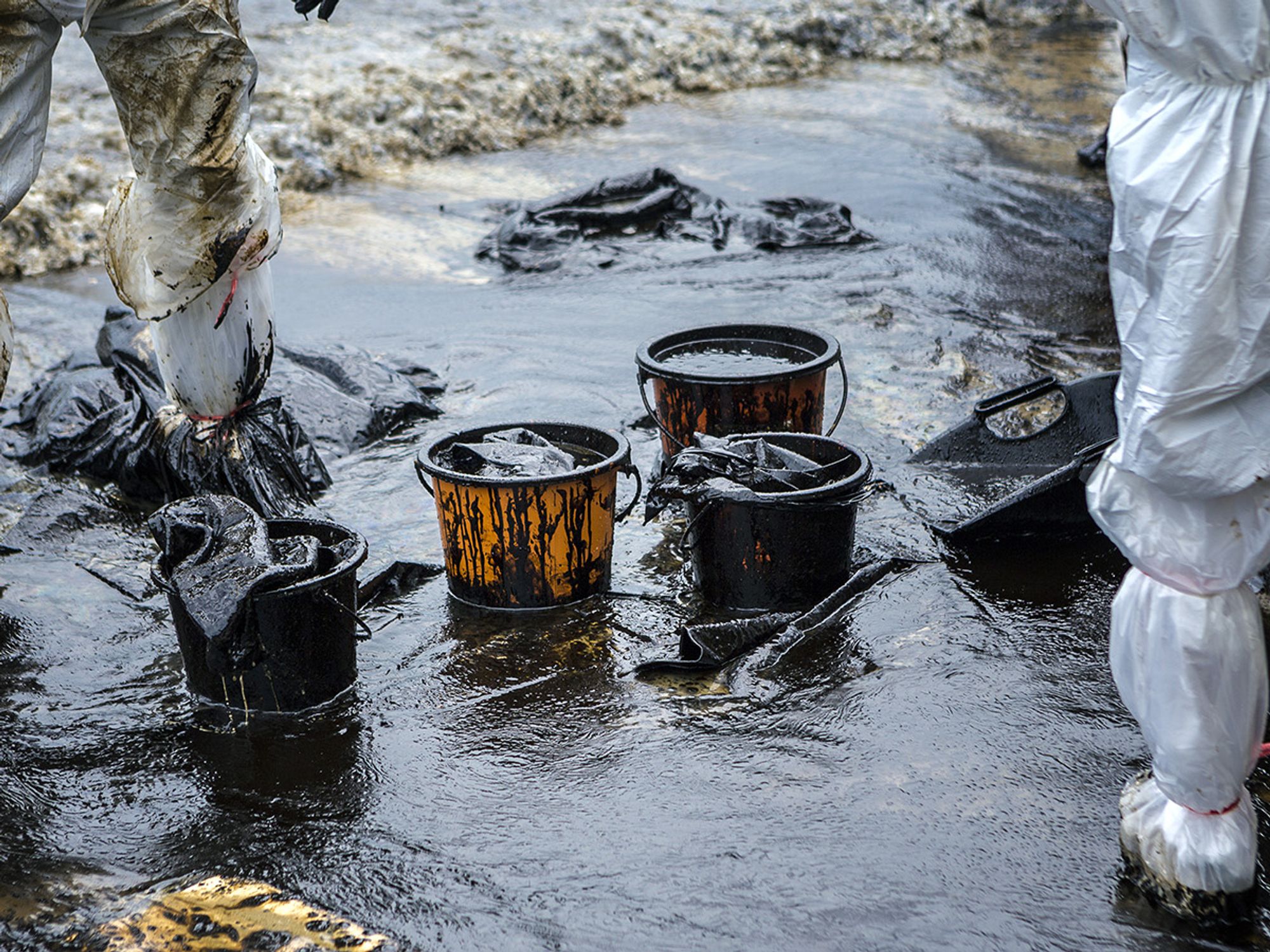Petroleum exclusion and other hazardous substances not reportable

- CERCLA excludes petroleum from the definition of hazardous substance, thus exempting petroleum from CERCLA regulation.
- Certain radionuclides, metals, substances that result from combustion and combustion-related activities, and air emissions from animal waste at a farm are not reportable under CERCLA.
Petroleum exclusion
Petroleum products have a statutory exclusion from the definition of hazardous substance. The Comprehensive Environmental Response, Compensation, and Liability Act (CERCLA) 101(14) excludes certain substances from the definition of hazardous substance, thus exempting them from CERCLA regulation. These substances include petroleum, meaning crude oil or any fraction thereof which is not specifically listed as a hazardous substance. Natural and synthetic gases, or mixtures of natural and synthetic gases are also excluded. If a release of one of these substances occurs, CERCLA notification is not required.
The Environmental Protection Agency (EPA) interprets petroleum as including those amounts of hazardous substances, such as benzene, that are indigenous to crude oil or its fractions or that are normally added during the refining process. Such amounts are part of the petroleum and are excluded from regulation under CERCLA. Hazardous substances added to the petroleum or increased in concentration solely as a result of contamination during use are not part of the petroleum and are not excluded from regulation under CERCLA. Such amounts of hazardous substances are subject to CERCLA response authority, liability, and release reporting requirements.
Although the petroleum exclusion exempts release of petroleum from CERCLA 103(a) reporting requirements, it does not exempt a facility from Emergency Planning and Community Right-to-Know Act (EPCRA) 304 reporting requirements.
Other hazardous substances not reportable
There are certain types or forms of hazardous substances that are not reportable under CERCLA, even though they otherwise meet the hazardous substance listing criteria, as a result of EPA policy determinations. These types of hazardous substances are not reportable because EPA has determined that a release of these substances either does not present a substantial endangerment to human health or the environment or would impose an unnecessary burden on the National Response Center (NRC) and regulated community.
The types or forms of hazardous substances that are not reportable to the NRC are listed at 40 CFR 302.6(c) to (e). These relate to certain radionuclides, certain metals, certain substances that result from combustion and combustion-related activities, and air emissions from animal waste at a farm. Also see 302.6(b)(2) regarding circumstances when radionuclide releases are subject to notification.
